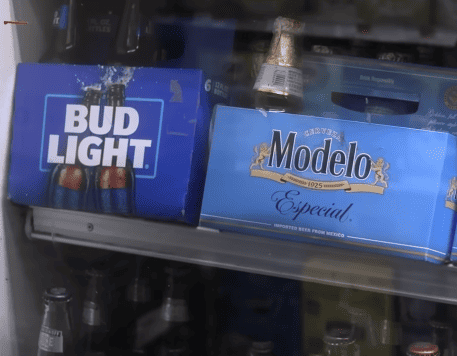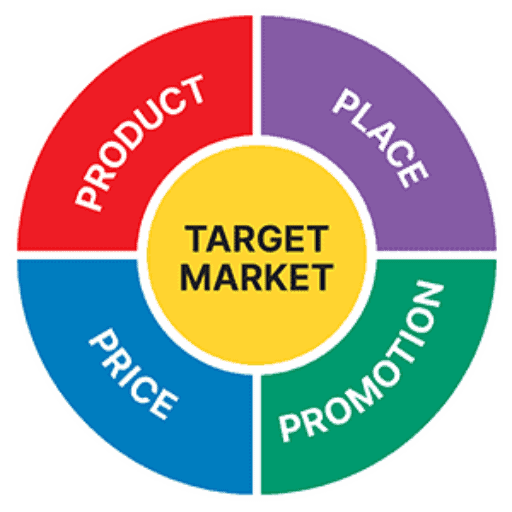How Modelo became the best-selling beer in the United States
In our textbook, we stay away from references and images of alcohol. We know that some instructors prefer not to expose their students to any…

In our textbook, we stay away from references and images of alcohol. We know that some instructors prefer not to expose their students to any…

Nike shows support for mothers in this recent video. In time for Mother’s Day. This video offers can be integrated into and foster discussion on…

Luxury goods can facilitate good discussions when talking about consumers and their buying behavior. If you’re looking for a current topic to use when talking…

Bloomberg’s short article/interview entitled “A Folding Bike Helmet That Looks Good and Still Shields Your Brain” shows inventors can still find room to innovate, even…

It was hard to miss the story of Mylan’s pricing of the EpiPen as it played across the business news cycle for a couple of weeks in…

According to “Here’s how millennials could change health care” (USA Today, February 7, 2016) the health care needs of millennials differ from those of the…

Demographic data supports the notion that the rich keep getting richer; the top 1% of American households controlling more than 40% of the country’s wealth….

Marketing managers like to have as much information as possible about target customers. In this interview, the president of Blismedia describes how his company uses…

The economic recovery in the United States has not been the same across the income spectrum. While the wealthiest 5% are doing quite well, those…